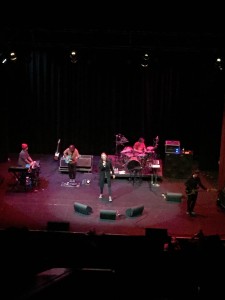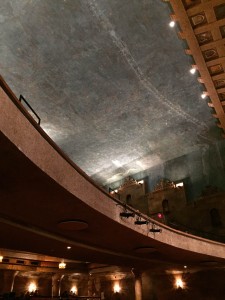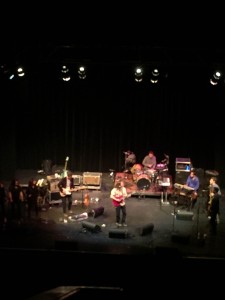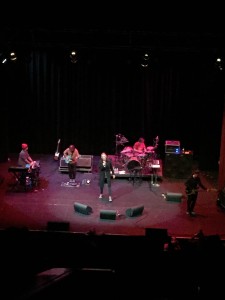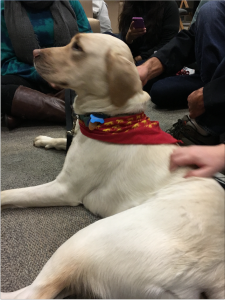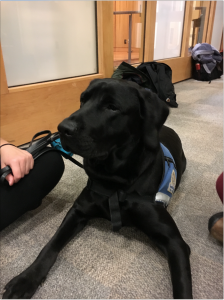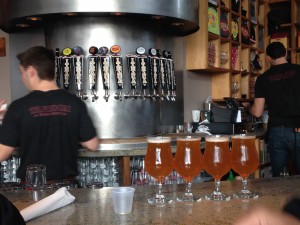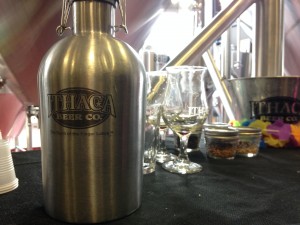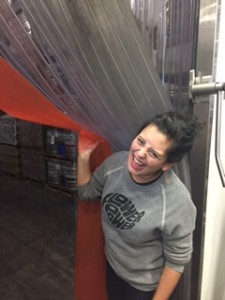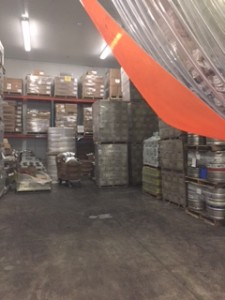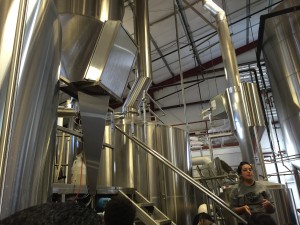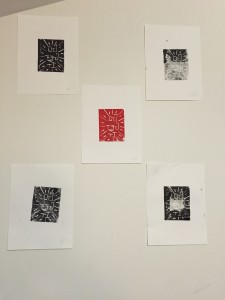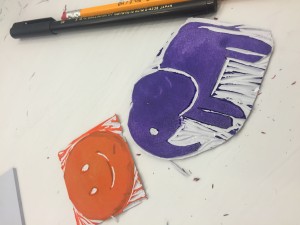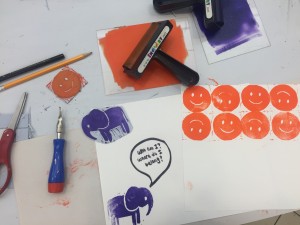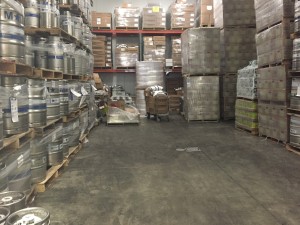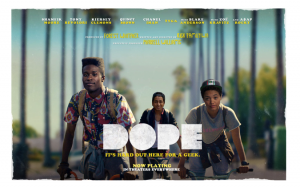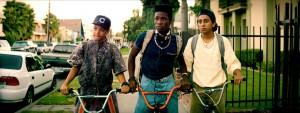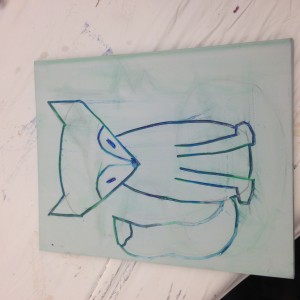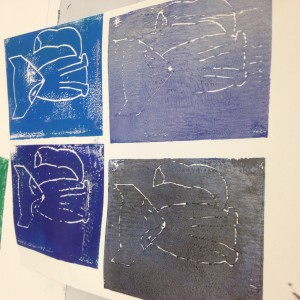This week, the guests at the Rose/Becker cafe were three gentlemen from the Cornell Food and Brand Lab. The talk began with the three of them giving a brief overview of what they do and how they started doing it. All three of them had different backgrounds, but they all had very interesting stories of their job. The first speaker started off by saying that he did behavioral economics, summarizing it as how people make mistakes and do things that are not in their best interests. I thought that this was a very interesting way of putting it. People make mistakes and do things not in their best interests all the time, and the fact that people study this and can affect it is really interesting. We then went on to learn that behavioral economics is very important in food choice. Choosing what to and to not eat is a big part of our daily lives, and there are lots of factors that can affect it.
The hook that was given at the beginning was regarding the Bloomberg Soda policy that went in effect in New York City in the recent past. Sodas of 20 liters in size were not allowed to be sold in certain locations, to try to combat obesity. However, it did not work as well as anticipated, and actually more soda was sold in the NYC area after the law went into effect, due to some anger at Bloomberg. We learned about a study that had been done about this law and how it effected people. Just seeing a picture of Bloomberg in a survey led people to drink more soda during the survey. It’s really interesting how much our subconscious plays into our actions regarding food and drink and how much different things can effect it.
When the next speaker on the panel began introducing himself, he also told us a small anecdote, this one regarding buffets. Apparently, people usually fill their plates up to 60% with the first three items on a buffet table. Rose house, for example, has lots of salads and vegetables at the starting end of the buffet for house dinner, leading us to fill our plates with vegetables and salad before getting to the meats and starches. This is a very useful trick to encourage people to eat healthier. This was just one example of some of the so many environmental factors affecting what we eat. A question that was posed by one of the panelists was how much of our food choices are really conscious decisions? The buffet example is one that shows that we have make fewer conscious food decisions at some times than we would expect.
Two more anecdotes that were mentioned to us, both of which I thought were very interesting, have to do with our perception of food. The first example was regarding strawberry yogurt. People were given yogurt with chocolate in it, with a label that said strawberry yogurt. When asked how much strawberries were in the yogurt, all answered that there were some in it, even though there were actually none. This showed how just seeing a label affects how we taste food and what we think about it. The second anecdote was regarding choice of foods. Children, when given carrots as their vegetable at a meal, had a 70% rate of eating it. However, when given a choice of celery or carrots, 90% of the children ate their chosen vegetable (mainly carrots). This was because of the subconscious need to prove that the right choice had been made.
At this point in the session, the floor was opened up to questions. I appreciated the slightly personal questions that were asked, about how much their work affected how they eat and the decisions they make in their eating and buying of food. One of the changes one of the panelists admitted to making in his daily life because of his studies was keeping healthier snacks out on a table, while the less healthy snacks were in a cabinet and harder to get. This takes advantage of our general laziness as humans. Another way to take advantage of laziness is to keep the low calorie, high nutrient food on the table during dinner (fruit, salad, etc), and leave the meat and lasagna stuff in the kitchen, where you have to get up to get it.
Near the end of the talk (I had to leave 15 minutes early, so didn’t catch the end), a question was asked about whether the panelists had ever done a study on blind people. This question was particularly interesting, because one of the biggest things we learned over the course of this talk was that visual cues are very important in food. It would be very interesting to see how blind people are affected by these studies. Overall, I was very interested by this talk and felt that I learned a lot. I will try to take some of the anecdotes I heard tonight from their various studies and apply them to my life to help me eat healthier.


